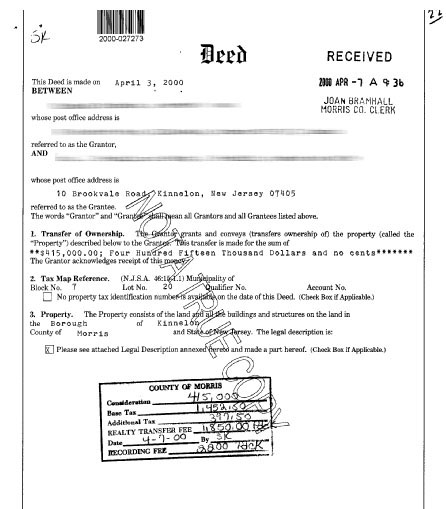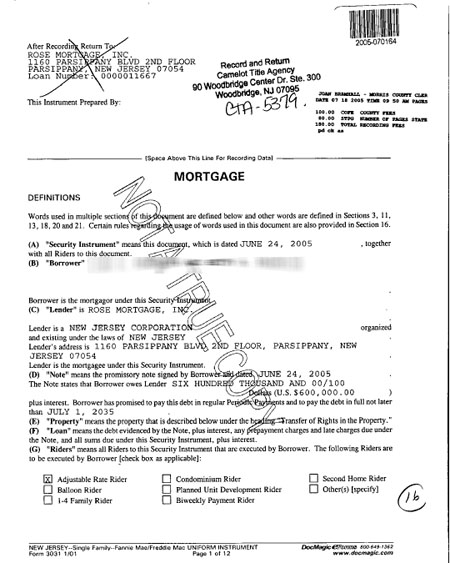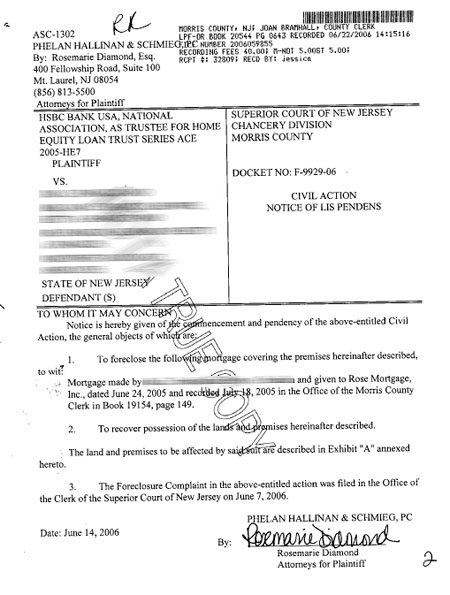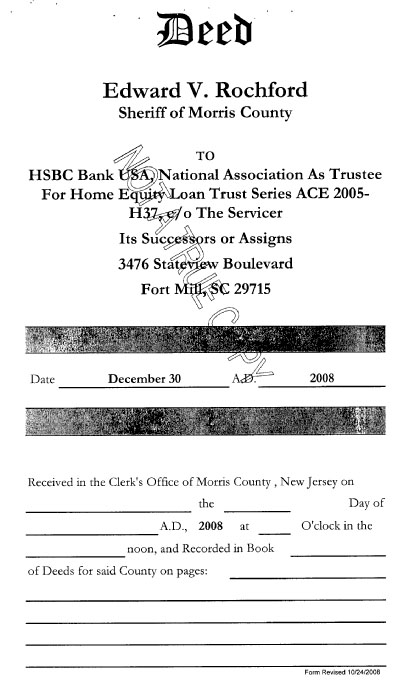From the National Association of Realtors:
Metropolitan Area Existing-Home Prices and State Existing-Home Sales
Metropolitan Area / Q3 Year over Year Price Decline
Allentown-Bethlehem-Easton, PA-NJ / Down 6.1%
Atlantic City, NJ / Down 10.4%
New York-Northern New Jersey-Long Island, NY-NJ-PA / Down 14.1%
New York-Wayne-White Plains, NY-NJ / Down 13.9%
NY: Edison, NJ -/ Down 8.9%
NY: Nassau-Suffolk, NY / Down 9.2%
NY: Newark-Union, NJ-PA / Down 14.8%
Trenton-Ewing, NJ / Down 15.0%
From the Courier News:
Central Jersey home prices dropped 8.9 percent in third quarter
Prices of existing homes in the region fell 8.9 percent during the third quarter, a Realtors’ group reported Tuesday, in a sign that the housing market has yet to emerge from its three-year-old slump.
The report would appear to be good news for buyers, who can take advantage of lower prices, rock-bottom mortgage rates and giant tax credits. But experts said the slow job market is taking a toll.
“There are a lot of things that play on the consumer’s mind right now, things they worry about that they never worried about before,” said Jim Brown, senior vice president of Kastle Mortgage Corp. in Freehold. “And it all has to do with jobs.”
The National Association of Realtors reported that the median price of a home in Monmouth, Ocean, Middlesex and Somerset counties was $343,800 during the third quarter, down from $377,300 the same quarter a year ago. Prices have fallen 17.2 percent since their third-quarter peak in 2006.
From the Record:
Home prices seen stabilizing
hile home prices continued their decline in the third quarter of 2009, several North Jersey real estate agents said Tuesday that they see signs that values are stabilizing.
The National Association of Realtors said Tuesday that home prices in the New York metropolitan area, which includes North Jersey, declined 13.9 percent, to a median of $449,700, from the third quarter of 2008 to the third quarter of 2009. But prices were up from the first half of the year, hinting that home prices may be leveling off.
“Prices have definitely stabilized,” said Tom Steimle, an agent with A.W. Van Winkle in Rutherford. He predicted that mortgage rates around 5 percent and the extension and expansion of the $8,000 federal homebuyers’ tax credit will continue to draw buyers into the market, keeping prices steady into the spring.
“Some towns are not experiencing the decline that others are,” said Gary Silberstein, a Coldwell Banker agent in Ridgewood. “If there’s a strong school system, New York City transportation and a town center, the prices are holding more steadily due to high demand.”
From the Press of Atlantic City:
N.J. homes sales jump 11 percent in quarter, while Atlantic County prices fall 10 percent from year ago
U.S. home sales surged 11 percent in the third quarter – and 18 percent in New Jersey – as first-time home buyers seeking the $8,000 government subsidy rushed into the market.
Prices rose compared to the prior quarter but remained down 11 percent from a year ago for the U.S. and 10 percent lower for Atlantic County, according to the National Association of Realtors survey released Tuesday.
Home sales in New Jersey were 8 percent higher than a year ago, while U.S. sales were up 6 percent from the year before.
The New Jersey Association of Realtors said the increase was caused by the federal government’s $8,000 first-time homebuyer tax credit, which had been set to expire at the end of November but was extended and expanded through April 30.
“The jump in third quarter activity in New Jersey as a whole can largely be attributed to the summer and early-fall rush of first-time home buyers aiming to close in time to obtain the $8,000 tax credit,” Jarrod C. Grasso, association executive vice president, said in a statement.
From the AP:
Median home prices fell nationwide in 3Q
A real estate group says home prices fell in eight out of every 10 U.S. cities in the third quarter of this year as heavily discounted distressed sales made up 30 percent of all deals.
But home sales continued their climb, with quarterly sales outpacing the second quarter and the previous year’s figures, the National Association of Realtors said Tuesday.
The median sales prices of existing homes declined in 123 out of 153 metropolitan areas compared with the same period a year ago. Prices rose in the other 30 cities.
The national median price clocked in at $177,900, or 11 percent below the third quarter last year.





